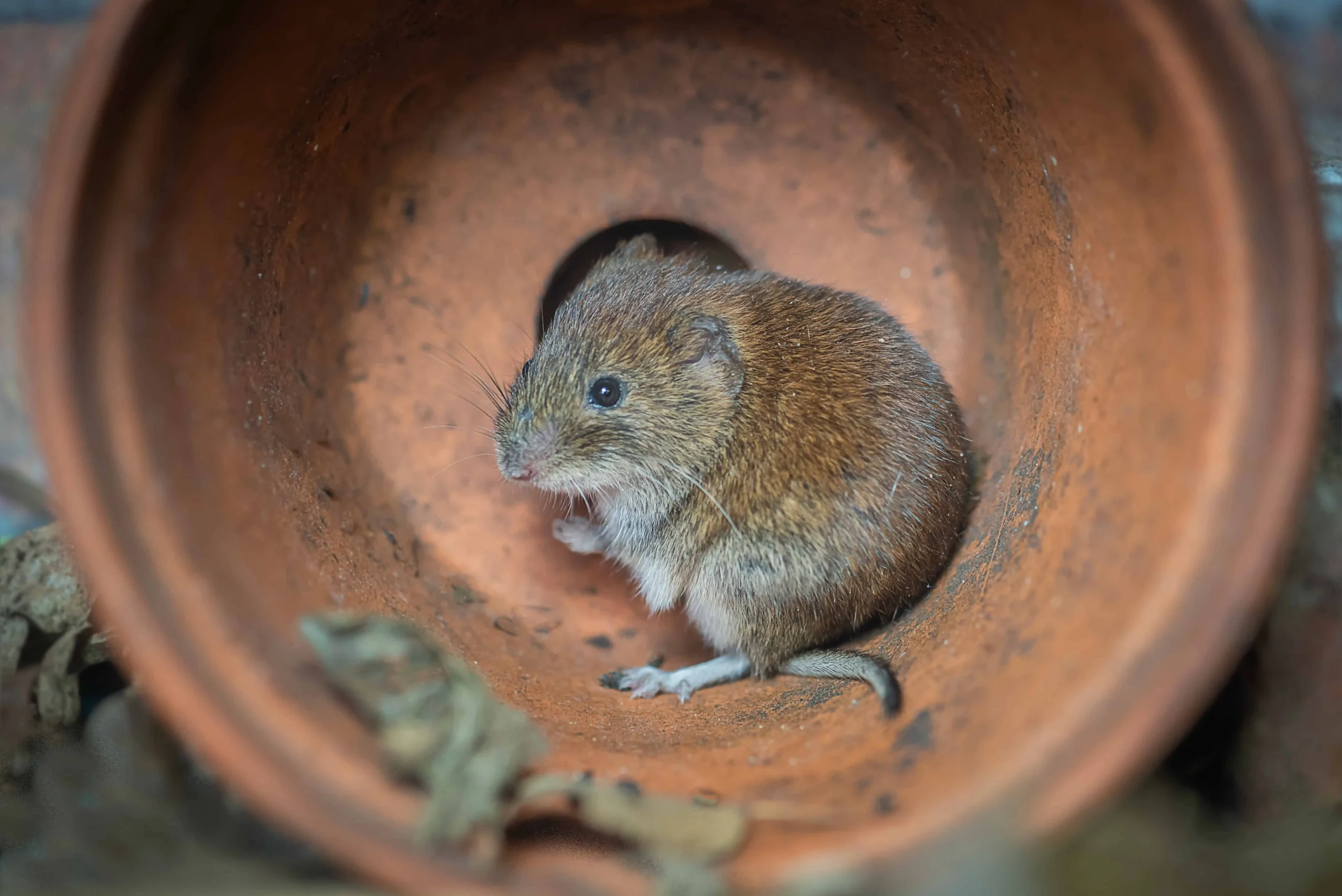Professional Approaches for Vole Control and Avoidance
Professional Approaches for Vole Control and Avoidance
Blog Article
Comprehensive Overview to Efficient Vole Bug Control: Invasion Recognition and Treatment Methods
In the world of effective parasite control, vole invasions position an unique obstacle that demands a calculated method. These tiny rodents, frequently incorrect for mice, can ruin gardens, grass, and plants if left untreated. Recognizing the indicators of vole existence and carrying out targeted treatment approaches are crucial parts of a successful parasite management strategy. By discovering the nuances of vole habits, understanding crucial indicators of invasion, and reviewing a variety of control alternatives, one can develop a thorough technique to battle these elusive pests.
Recognizing Vole Behavior
Vole behavior is characterized by their delving habits and fast reproduction rates, making them a difficult insect to control efficiently. Their quick reproductive price further complicates control initiatives, with women qualified of producing numerous clutters in a single year, each including several children.
Voles are most active throughout the very early morning and evening hours, investing most of their time foraging for food. Their delving behaviors not just disrupt gardens and yards yet additionally make them testing to eliminate and find. Comprehending vole behavior is critical for efficient pest control methods. By determining their burrow areas, checking feeding areas, and implementing targeted control approaches, such as trapping or habitat alteration, vole invasions can be taken care of efficiently.
Indications of Vole Problem

Avoidance Techniques
Applying effective prevention approaches is essential in lessening vole problems and safeguarding greenery from their harmful feeding habits (vole yard damage). To stop vole infestations, it is necessary to begin by removing potential food sources and shelter. Keep lawn and plants cut short, eliminate weeds and particles, and preserve a clean yard or grass to make the area less attractive to voles. Installing barriers such as hardware cloth or underground fence can likewise assist prevent voles from going into details locations. In addition, reducing excess moisture by taking care of dripping pipelines and ensuring proper drainage can make the environment less friendly for voles.
Frequently examining the building for signs of vole task, such as runways and delve openings, is essential for early discovery and punctual activity. Take into consideration utilizing traps or repellents purposefully put near their paths if vole activity is believed. Employing all-natural killers like owls or serpents can also assist keep vole populations in check. By implementing a combination of these avoidance garden enthusiasts, property owners and techniques can successfully secure their greenery from vole damage.
Non-Lethal Control Methods
To properly handle vole populaces while focusing on humane techniques, non-lethal control techniques provide functional options for reducing vole damages in landscapes and yards. These obstacles can be hidden at least 12 inches bent and deep at a 90-degree angle to stop voles from tunneling beneath.

Lethal Control Options
One effective technique for dealing with vole problems in gardens and landscapes includes the strategic use of dangerous control options. When confronted with an extreme vole infestation that non-lethal techniques have actually failed to consist of, implementing deadly control procedures becomes vital. One commonly employed deadly control choice is using snap catches. These catches are developed to swiftly and humanely eliminate voles upon activation, making them a popular choice for numerous garden enthusiasts and landscapers. To boost the efficiency of snap catches, it is recommended to place them in locations where vole task is high, such as along paths or near burrow entryways. One more deadly control option is the use of toxic baits specifically developed to target voles. These baits consist of toxin that is ingested by the voles, causing their ultimate demise. Care has to be worked out when utilizing hazardous lures to prevent harm to non-target pets or pet dogs. Overall, when utilizing deadly control choices, it is necessary to do so sensibly and in conformity with neighborhood policies to successfully handle vole infestations.
Conclusion
To conclude, efficient vole parasite control needs a detailed understanding of vole actions, recognition of signs of invasion, implementation of avoidance strategies, and usage of both deadly and non-lethal control approaches. By integrating these techniques, people can properly take care of vole populations and secure their residential property from damage. It is very important to attend to vole problems quickly to avoid further concerns and reduce the effect on the surrounding setting.
Given the elaborate passage systems and rapid reproduction prices particular of voles, recognizing the indications of vole problem becomes necessary in reliable pest control. you can try here One of the primary indications of vole presence is the visibility of surface paths or tracks in yard or snow, usually concerning 1-2 inches vast, created as voles travel between their burrows and food sources.To efficiently handle vole populations while prioritizing gentle approaches, non-lethal control techniques provide functional remedies for lowering vole damages in landscapes and yards.One reliable approach for addressing vole infestations in landscapes and gardens involves the strategic use of lethal control alternatives. vole yard damage.In final thought, efficient vole insect control needs an extensive understanding of vole behavior, identification of recommended you read signs of problem, execution of avoidance approaches, and application of both non-lethal and dangerous control approaches
Report this page